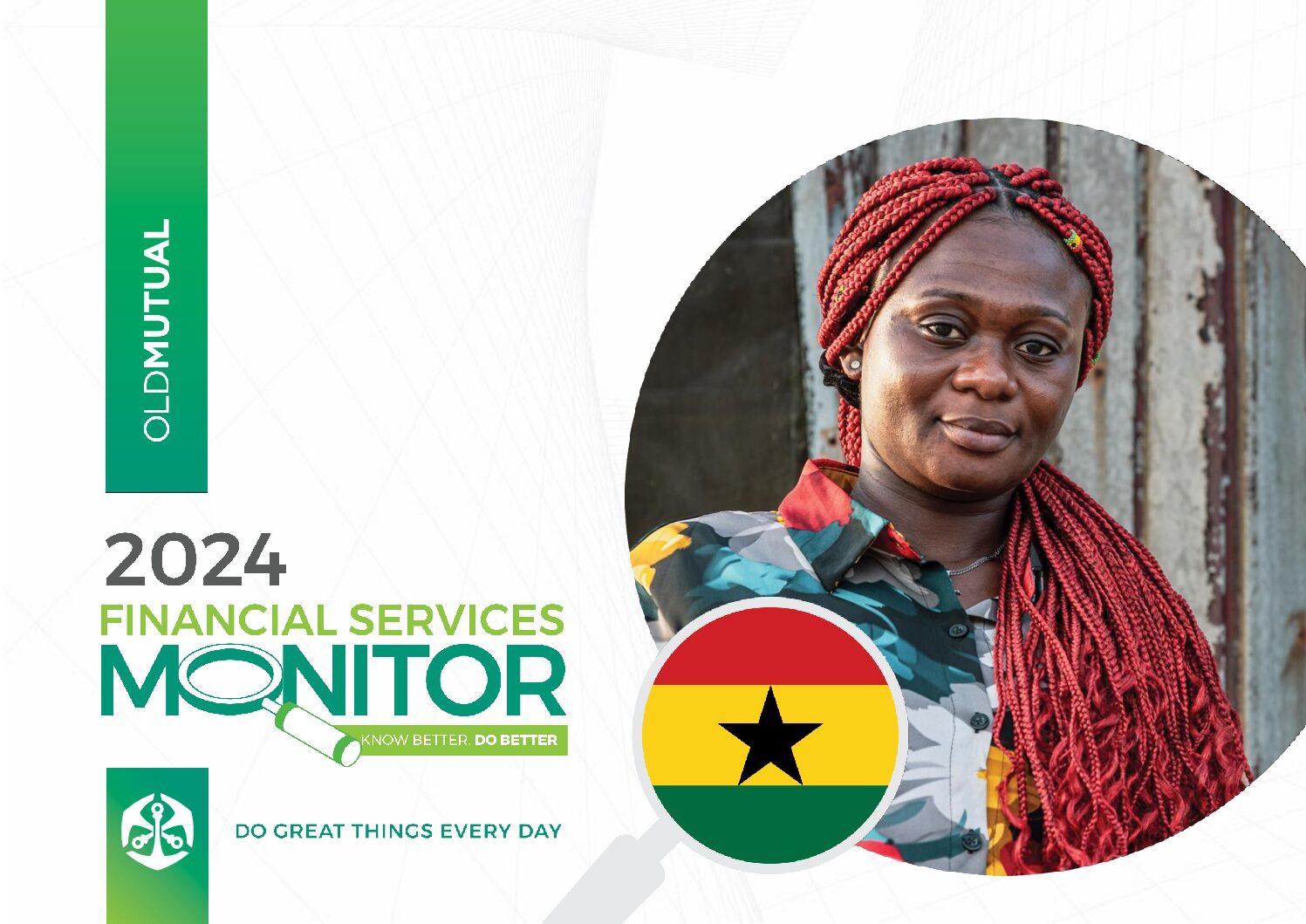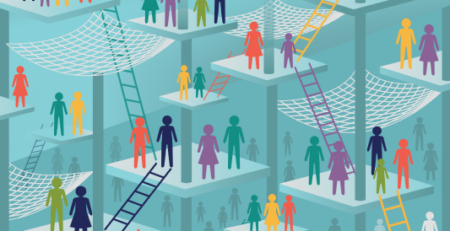Digital financial services
By World Bank
Access to affordable financial services is critical for poverty reduction and economic growth. Countries with deeper, more developed financial systems enjoy higher economic growth and larger reductions in poverty and income inequality. Access to financial services also increases opportunities and resilience for the poor, particularly women. Despite this, 65 percent of adults in the world’s poorest economies lack access to even the most basic transaction account that would allow them to send and receive payments more safely and efficiently. These accounts are also the gateway to broader financial services such as savings, insurance and credit. Only 20 percent of adults in developing economies save through a formal financial institution. The remaining savers rely on informal and costlier methods.
Digital Financial Services (DFS), enabled by fintech, has the potential to lower costs, increase speed, security and transparency and allow for more tailored financial services that serve the poor at scale. DFS are characterized by low marginal costs and greater transparency. They can respond to both the supplyside barriers to access to financial services, such as high operating costs, limited competition, as well as the demand-side barriers, including volatile and small incomes for the poor, lack of ID, trust and formality and geographical barriers.
Mobile money has leveraged high mobile phone penetration in many developing countries to deliver a ‘first wave’ of DFS. Today, there are over 850 million registered mobile money accounts across 90 countries, with USD $1.3 billion transacted via these accounts per day. Sub-Saharan Africa has shown itself to be a leader in mobile money, with 21 percent of the adult population having a mobile money account. Sub-Saharan Africa has also shown that these accounts can provide a basis for more sophisticated financial services, such as digital lending and insurance.
The current Covid-19 pandemic has amplified the benefits of expanding DFS, because it significantly reduces the need for physical contact in retail and financial transactions and helps government respond more quickly to extend liquidity to firms and people most at risk. DFS – particularly through the use of mobile money – permit remote payments and transactions, enabling the social distancing recommended to reduce contagion. Through electronic payments, consumers can transfer funds, pay bills and pay for goods and services from their home, or in a market or store setting, with limited physical contact. DFS enable a rapid, secure way for governments to reach vulnerable people with social transfers and other forms of financial assistance
Get the book here










